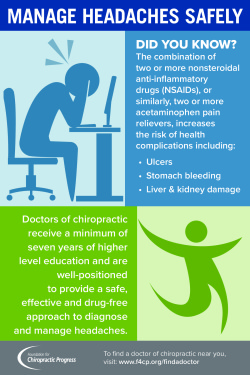The Scientific Research Behind Cold Laser Treatment: Recognizing Its Devices And Effects
The Scientific Research Behind Cold Laser Treatment: Recognizing Its Devices And Effects
Blog Article
Developed By-Rush Peters
You may have come across cold laser treatment as an appealing therapy alternative for various problems, but have you ever before wondered just how it in fact services a mobile level? Comprehending the systems behind this treatment can shed light on its efficiency in promoting recovery and reducing inflammation. By checking out the science behind cold laser treatment, you'll get insights right into the remarkable methods which light can affect mobile processes and assist in cells fixing.
Exactly How Cold Laser Treatment Functions
To recognize how cold laser treatment works, you need to grasp the basic concepts of how light power interacts with biological tissues. Cold laser treatment, also known as low-level laser therapy (LLLT), makes use of certain wavelengths of light to pass through the skin and target hidden tissues. Unlike the intense lasers made use of in operations, cold lasers release reduced levels of light that don't produce warm or create damage to the cells.
When these gentle light waves get to the cells, they're taken in by elements called chromophores, such as cytochrome c oxidase in mitochondria. This absorption sets off a collection of biological feedbacks, including raised mobile energy manufacturing and the launch of nitric oxide, which boosts blood circulation and lowers inflammation.
Furthermore, the light power can also boost the production of adenosine triphosphate (ATP), the energy money of cells, helping in cellular repair work and regrowth processes.
Basically, cold laser treatment takes advantage of the power of light energy to promote healing and reduce discomfort in a non-invasive and mild way.
Mechanisms of Activity
Exactly how does cold laser treatment actually function to create its restorative results on organic tissues?
Cold laser treatment, likewise known as low-level laser therapy (LLLT), runs through a process known as photobiomodulation. When the cold laser is put on the skin, the light power passes through the cells and is taken in by chromophores within the cells.
cellulite treatment norwalk , such as cytochrome c oxidase in the mitochondria, are then boosted by the light power, leading to a waterfall of organic reactions. One vital device of activity is the enhancement of cellular metabolic rate.
The soaked up light energy boosts ATP manufacturing in the mitochondria, which is critical for mobile function and fixing. In addition, cold laser therapy helps to lower inflammation by hindering inflammatory mediators and promoting the release of anti-inflammatory cytokines.
laser hair removal fairfield ct anti-inflammatory impact contributes to discomfort relief and cells healing.
Therapeutic Results
Comprehending the restorative effects of cold laser therapy entails recognizing how the enhanced mobile metabolism and anti-inflammatory buildings add to its positive outcomes on organic tissues.
When the cold laser is related to the damaged area, it stimulates the mitochondria within the cells, leading to increased manufacturing of adenosine triphosphate (ATP), which is important for mobile feature and fixing. This increase in mobile energy speeds up the recovery process by advertising tissue regeneration and lowering swelling.
Furthermore, the anti-inflammatory residential or commercial properties of cold laser treatment aid to decrease discomfort and swelling in the targeted location. By inhibiting inflammatory arbitrators and advertising the launch of anti-inflammatory cytokines, cold laser treatment help in easing discomfort and improving the total healing response.
This reduction in inflammation not just provides immediate relief yet additionally sustains lasting cells repair.
Conclusion
In conclusion, cold laser therapy functions by stimulating mobile fixing and cells regeneration with photobiomodulation. Its anti-inflammatory homes offer pain relief and reduce swelling by preventing inflammatory mediators.
This treatment uses a thorough strategy to healing, providing both immediate alleviation and long-lasting tissue fixing advantages.
Through its mechanisms of activity, cold laser treatment verifies to be a reliable and appealing therapy alternative for a selection of problems.
